Are you interested in work exchange travel and volunteering abroad in exchange for free room, board, and sometimes meals? The Workaway program is one of the best options for budget travelers who want to save money, experience local culture, and connect with communities worldwide. Based on my own Workaway experiences in Chile, Peru, and Mexico, I highly recommend Workaway to anyone considering long-term travel or looking for rewarding volunteer travel programs.
What is Workaway?
Workaway is a popular work exchange travel platform where, for a yearly membership fee, you gain access to thousands of volunteer jobs abroad. Most Workaway programs offer free room and board, and many include meals—some even provide a stipend, depending on the host and country. You can easily browse Workaway hosts by country, region, or keyword, choosing from opportunities like hostels, farms, breweries, construction projects, and more, with various accommodation types such as shared housing, private cabins, or camping.
Workaway now also features a remote work option, allowing you to find hosts who offer opportunities for digital nomads or remote workers (I worked remotely 3 days per week at my most recent Workaways in Mexico). Always read each listing carefully and communicate with your host to clarify what’s included in your exchange.
How Much Work Do I Have to Do?
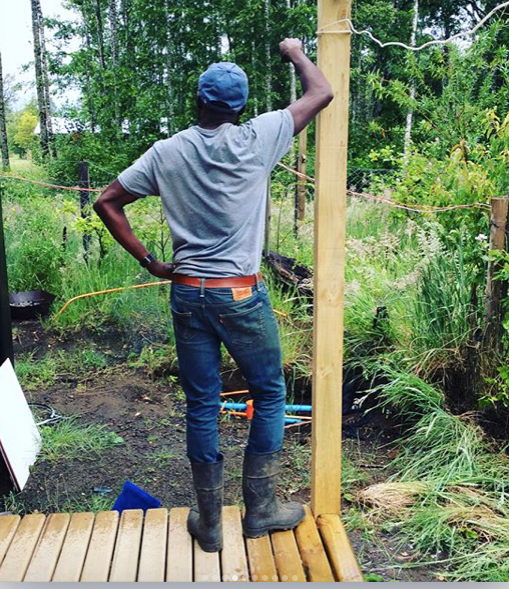
Ramone hard at work in Pucón
Workaway program hosts understand that you’re traveling, not working a full-time job. Most work exchange opportunities require around 4–5 hours per day, 5 days a week, leaving plenty of free time to explore or relax. Workaway expectations can vary—some roles, like animal care, may have longer hours or split shifts, so always review each listing and clarify with your host. My partner and I did one Workaway program in Oaxaca, Mexico where the work hour expectations were significantly longer because we were taking care of animals, but there were extended periods of rest throughout the day. Remember, your volunteer travel schedule may be influenced by the location and type of activities, especially in remote placements where transportation and exploration may be limited.
How Much is Workaway?
Always check the Workaway website for the most up-to-date information, but as of October 2025 a solo account was $59 USD per year ($69 for a couple/friends). They now have a plus option with additional benefits for $79 per year ($89 for a couple/friends).
Workaway Pros and Cons
PROS | CONS |
|---|---|
Tips to Finding a Host
Finding a Workaway host is straightforward—just search and filter opportunities that interest you, then contact via Workaway message the hosts directly. However, not all hosts respond quickly or keep their availability updated, so you may not get a match on the first (or second or third, etc.) try. Here are some tips I found useful in securing Workaway options:
- Keep your initial message to Workaway hosts brief and focused—mention your travel dates and relevant skills.
- Follow language preferences listed in the post - some hosts have had help writing the post in English, but explicitly request to be messaged in their native language.
- Not all hosts want to schedule in advance. It's okay to reach out last minute.
- Don’t get attached to one host before confirmation—flexibility increases your chances, and sometimes your backup choice turns out best.
- Enable Workaway location access and set your profile to actively looking; this lets hosts contact you for last-minute volunteer travel opportunities.
- Don't get discouraged if you have a Workaway opportunity that isn't the best - there are so many other options out there.
What Type of Workaway Opportunity Should I Choose?
With so many Workaway options available, start by identifying your interests and priorities for your volunteer travel experience. Use filters to narrow down opportunities by type of work, location, accommodation, and other preferences, but remember you may need to prioritize what's most important to you, as not every listing will match all your criteria. Since I've mostly done Workaway with my partner, we prioritized options with private lodging. it was also important to us to try and choose Workaway programs that were run by locals, although we did break that rule while in the Yucatan peninsula in Mexico.
Consider factors like the type of work, living arrangements, location, language, and included benefits when choosing the best Workaway opportunity for your needs.
Sometimes, no matter how hard you've "screened" the Workaway host, the reality just isn't always going to match up. So, the best option is to stay flexible, pivot when necessary, and come in with an open mind that your expectations may not be accurate.
So, Should I Do Workaway? Is It Worth It?
Based on our 5+ Workaway experiences, I believe the Workaway program is absolutely worth it for travelers seeking affordable, meaningful exchanges. Keep in mind that every Workaway host is different and there’s minimal screening by the platform, so your experiences may vary. Read on for honest Workaway reviews and details from two of our own volunteer travel experiences.
Our Experiences at Workaway
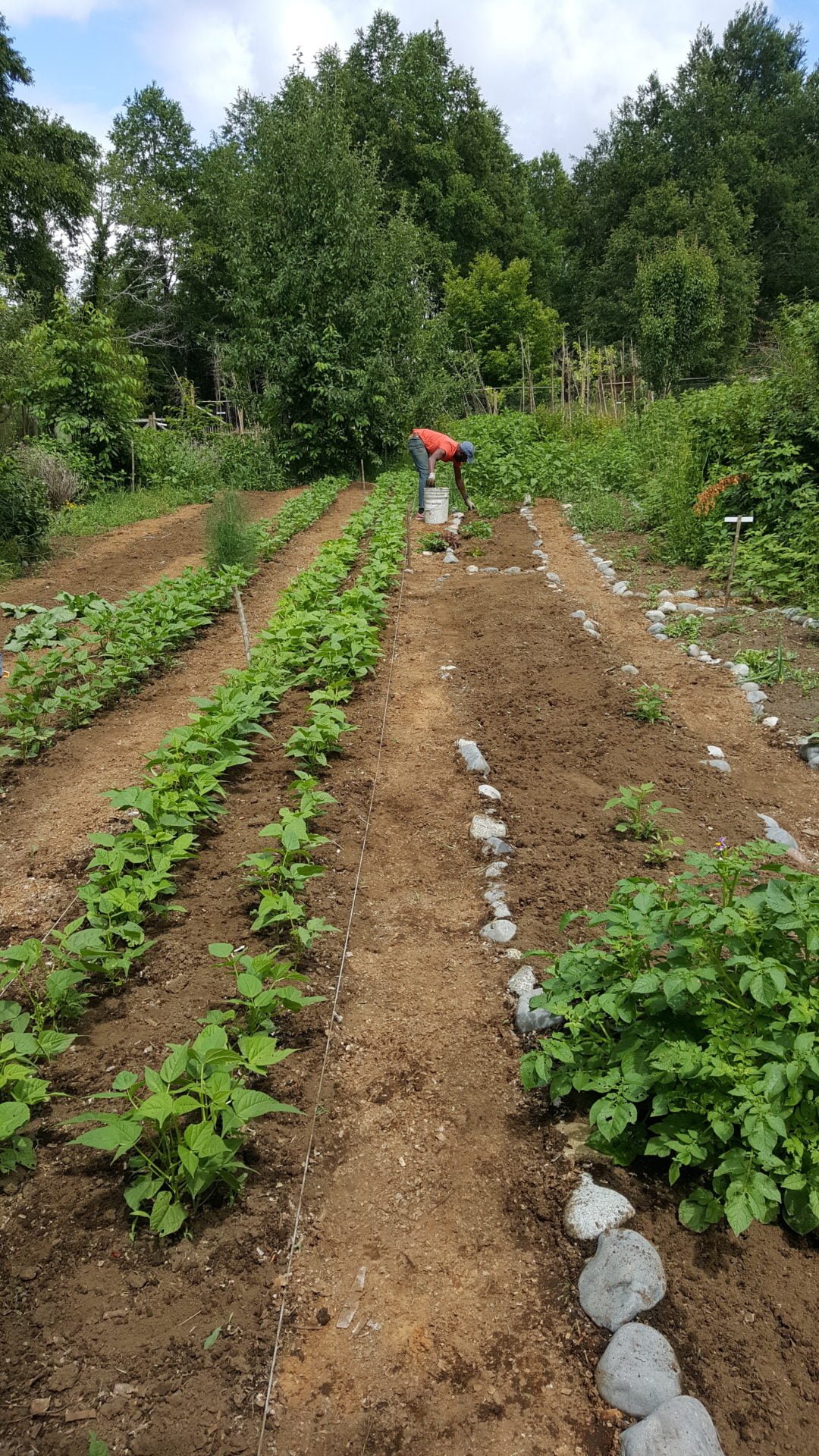
We’ve had many memorable Workaway experiences!
Our first experience was volunteering in Chile on an organic farm that supplied food for a local farm-to-table restaurant in Pucón. We spent one month traveling Chile, two weeks of which were on this farm. During our two-week Workaway program, we worked Monday to Friday from 8:00 a.m. to 1:00 p.m., leaving afternoons and weekends free to explore. Our tasks included weeding, washing buckets and lettuce, and helping with various farm duties. We enjoyed private cabin accommodation and learned a lot from the local staff, Don Carlos and Ruth.
We were given breakfast items that we would cook up ourselves (farm fresh eggs; bread; cheese; ham or another type of meat) and Ruth would cook us a very large lunch. Dinner was technically not provided, but the lunch was so large that we usually just used the leftovers as our dinner.
Pucón was easily accessible by bus every 25 minutes from our Workaway farm, and we sometimes hitchhiked into town when possible. Our host offered a 30% discount at her restaurant, though it was a bit upscale, so prices were higher than average. Buses stopped running around 9:30 p.m.- one time we had to take an expensive taxi when we missed the last bus.
The local staff, Don Carlos and Ruth, made our Workaway experience unforgettable by taking us to Volcan Villarica, sharing apple chicha, and hosting a farewell barbecue. Our host Pamela even treated us to a free whitewater kayaking trip, and we had plenty of time to explore Pucón and its beautiful surroundings.
Our Choco Museo Workaway Experience in Peru
During our Workaway in Peru, we volunteered at the ChocoMuseo in Ollantaytambo, a foreign-owned chocolate shop and museum that sources all chocolate and coffee from Peruvian farms paying fair wages. All staff, besides us as volunteers, were local Peruvians. We traveled by bus and van from Cusco to Ollantaytambo, then walked to the ChocoMuseo.
Our Workaway accommodation in Ollantaytambo was a comfortable rooftop room with a queen-sized bed, a small bathroom, and an outdoor kitchen—though there was no refrigerator. The house was owned by locals, and our host paid them monthly for Workawayers to stay there.
Our Workaway schedule was typically Wednesday through Sunday, 2:30 p.m. to around 8:30 p.m., with some flexibility based on staff vacations. Our volunteer duties included translating for English-speaking guests, sampling and presenting chocolate, leading tours and workshops, and occasionally assisting in the café.
We received an 8 soles lunch stipend on workdays, which covered most budget meals at the time at local restaurants (6 soles lunch options). We were responsible for the other meals. The work environment was relaxed, not overly busy, and we enjoyed collaborating with our local co-workers during our Workaway in Peru.
Ollantaytambo was also a perfect home base for exploring the Sacred Valley of Peru. We were able to go hiking in the mornings (so many free day hike options) and then come back and work at 2:30 p.m. There were also restaurants and a few bars that we could go to within walking distance of our home, so we didn’t have to rely on public transit to get into a town or city.
Is Volunteering Through Workaway a Responsible Way to Travel?
Volunteering through Workaway can be a responsible travel choice if you’re mindful of the impact on local communities and jobs. The Workaway program makes travel more accessible and encourages genuine cultural exchange, but it’s important to choose hosts that support sustainable practices and benefit local residents. Prioritize volunteering with local organizations and look for opportunities where your skills supplement rather than replace local jobs, ensuring your Workaway experience is both ethical and rewarding.
Be cautious when volunteering at Workaway hostels—research who owns the hostel and check its reputation to ensure your work supports responsible travel. Many Workaway listings are posted by foreigners seeking help with eco-friendly homes or business projects, so decide if these align with your values before applying. Remember, you have the freedom to choose which Workaway hosts and opportunities you support.
Liked this post? Pin it!
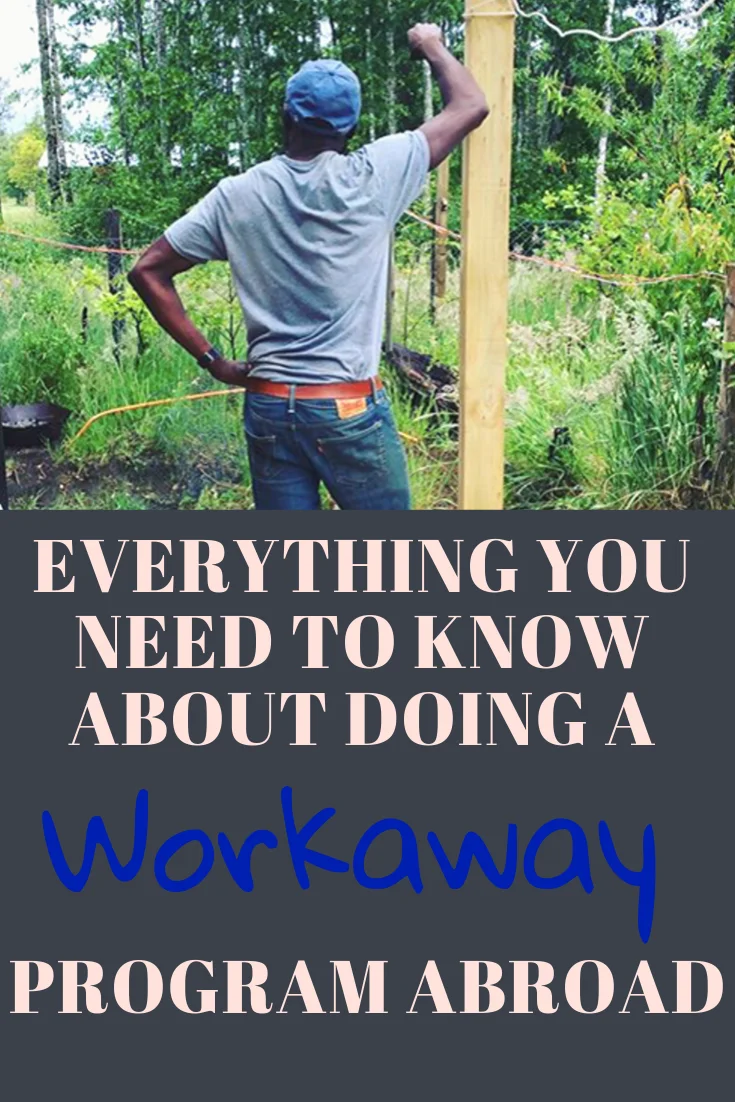
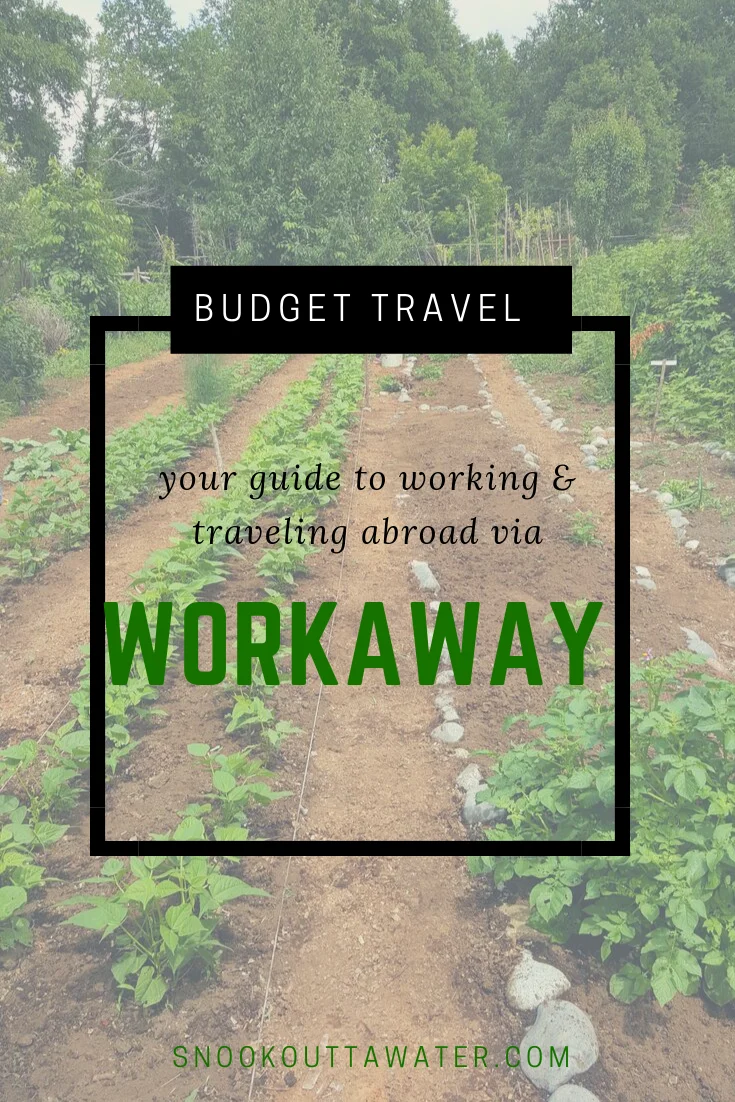
Subscribe to receive Snook Outta Water's monthly newsletter with exclusive updates and content.

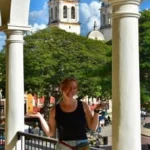

Pingback:Exploring the Ollantaytambo Ruins in the Sacred Valley - Snook Outta Water
Pingback:An Introductory Guide to Ollantaytambo, Peru - Snook Outta Water
I really like and appreciate your blog post.
Thank you ever so for you article post.
Like!! Really appreciate you sharing this blog post.Really thank you! Keep writing.